Clipart tagged: ‘Larval’

Geometrina
"The Geometrina in the larval condition have only four prolegs, the usual number being ten, and in moving…

Geometrina
"The Geometrina in the larval condition have only four prolegs, the usual number being ten, and in moving…
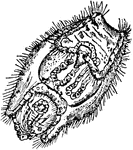
Holothuria Tubulosa (Larva)
An illustration of the larval form of the Holothuria tubulosa, sea cucumber.
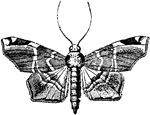
Pyralidina
"The Pyralidina are a group of small moths readily distinguished by their long slender bodies and large…
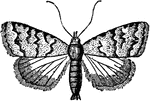
Pyralidina
"The Pyralidina are a group of small moths readily distinguished by their long slender bodies and large…
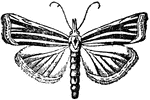
Pyralidina
"The Pyralidina are a group of small moths readily distinguished by their long slender bodies and large…

Pyralidina
"The Pyralidina are a group of small moths readily distinguished by their long slender bodies and large…
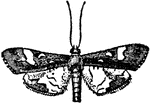
Pyralidina
"The Pyralidina are a group of small moths readily distinguished by their long slender bodies and large…
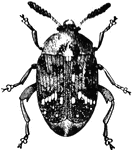
Pea Weevil
"Pea weevil; adult. The pea weevil (Bruchus) is often found in peas in its larval state during summer…

Pea Weevil
"Pea weevil; pupa. The pea weevil (Bruchus) is often found in peas in its larval state during summer…